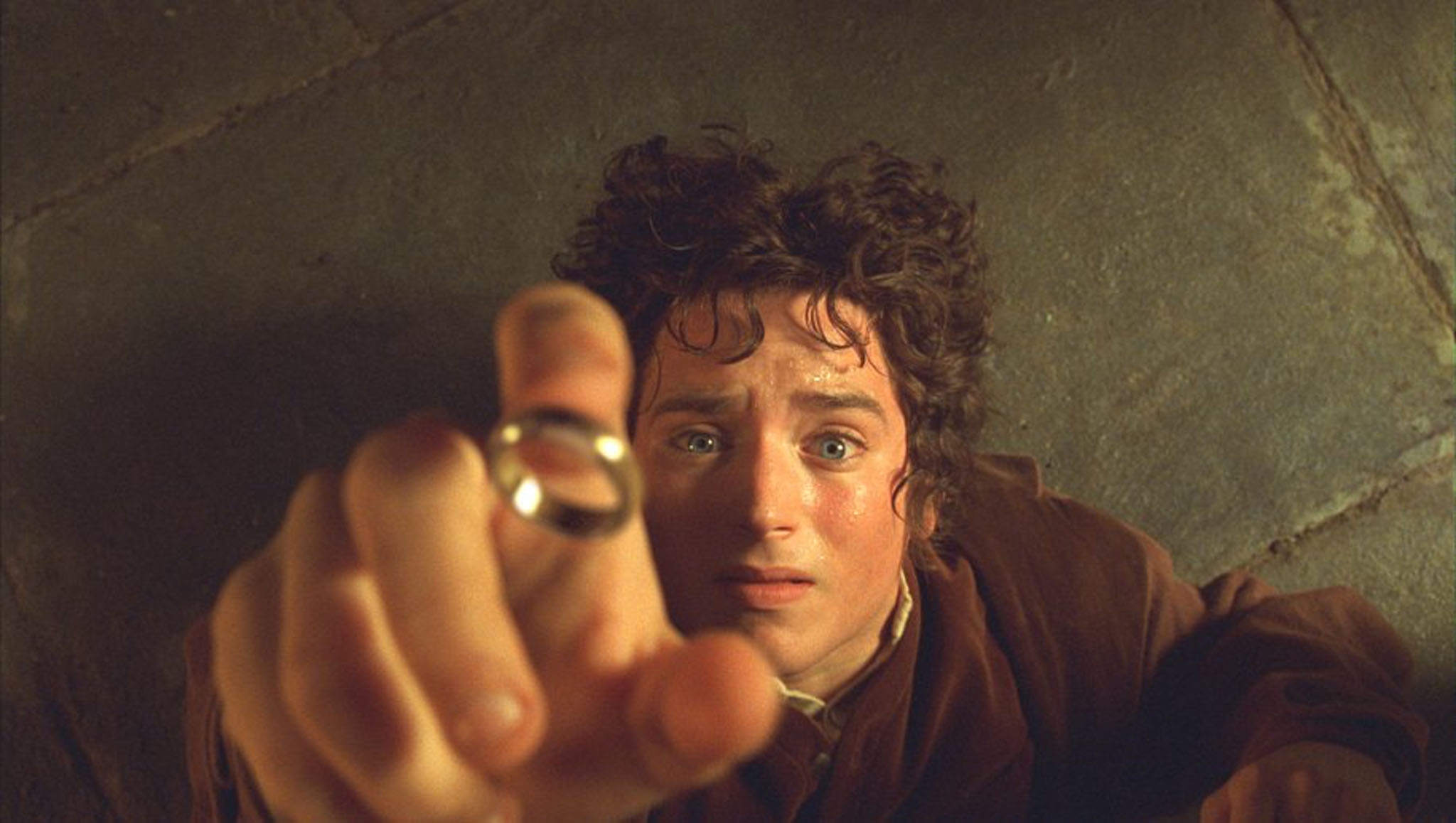Story: Four Key Elements
The Lord of the Rings: The Fellowship of the Ring (2001)
The basic spine of any successful screenplay comes down to four key story elements: character, objective, obstacles, and theme.
A good story is about an interesting protagonist (character), who wants something badly (objective), and is having trouble achieving it (obstacles), and the story is worth writing because it illustrates some kind of universal message (theme).
And since stories have been recycled and reinvented for centuries, understanding common story and plot archetypes can only help to categorize what type of narrative you are trying to tell.
Jaws (1975)
Star Wars: Episode V - The Empire Strikes Back (1980)
Some classic plot archetypes include the quest (Lord of the Rings), rags to riches (Annie), or beating the monster (Jaws). There are also countless story archetypes, one of the most common being “Good vs. Evil” (Star Wars), which pits the forces of good and evil against one another, and typically good triumphs despite great odds.
The Perfect Storm (2000)
V for Vendetta (2005)
Plot and story archetypes mean little to nothing without being centered around a theme: Man vs. Nature (The Perfect Storm), Man vs. Society (V for Vendetta), and Man vs. Self (The Verdict), just to name a few.
Theme is crucial to your story because when you think about theme clearly, it forces you to ask: Why must I tell this story? What is it I’m trying to say? What is the story really about? And answering these fundamental questions are, quite honestly, the most important motivating factors for writing your screenplay.




